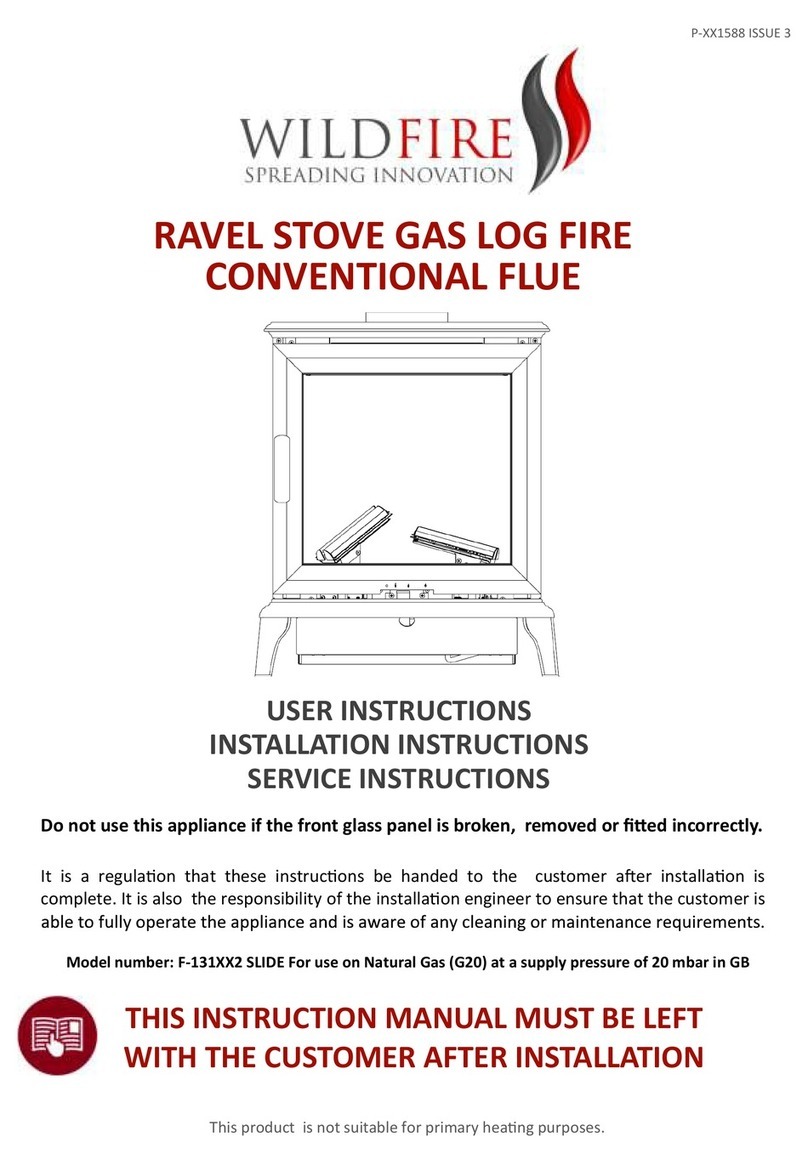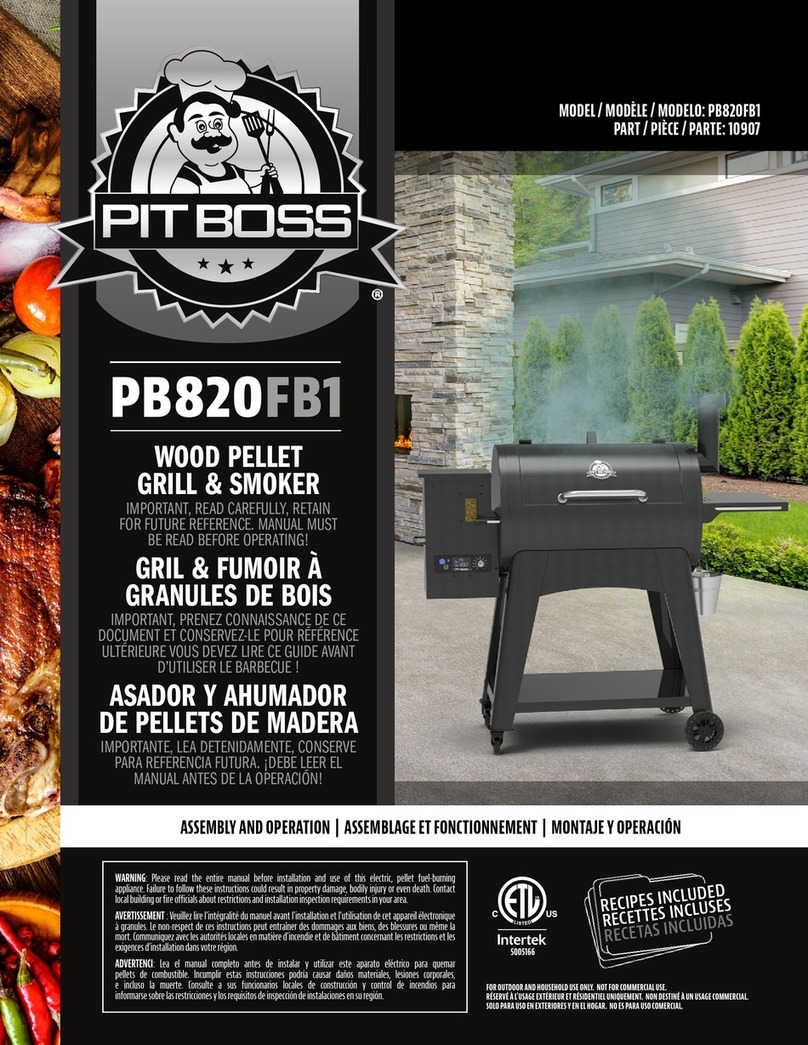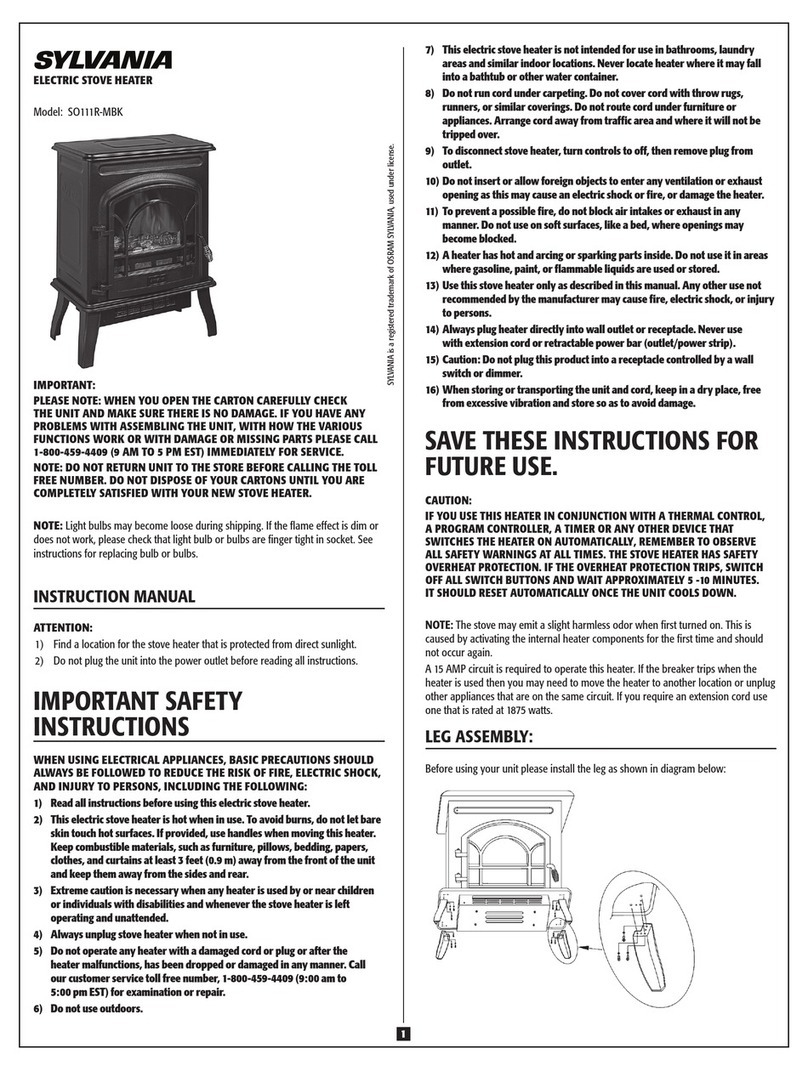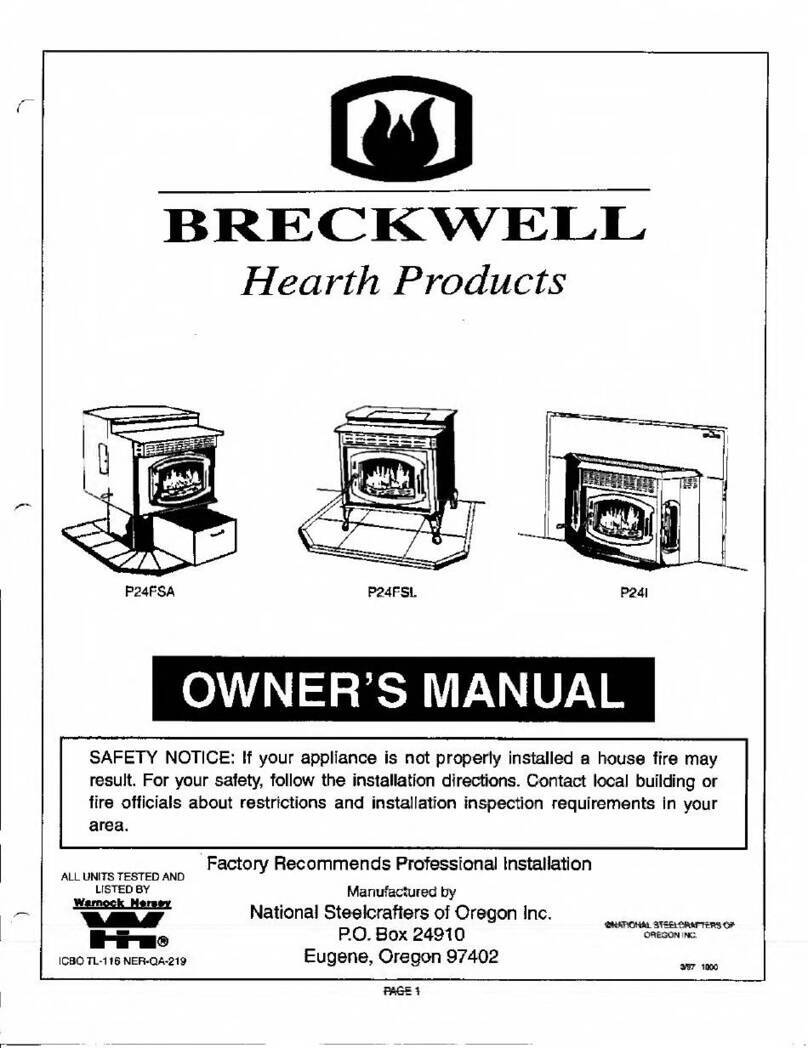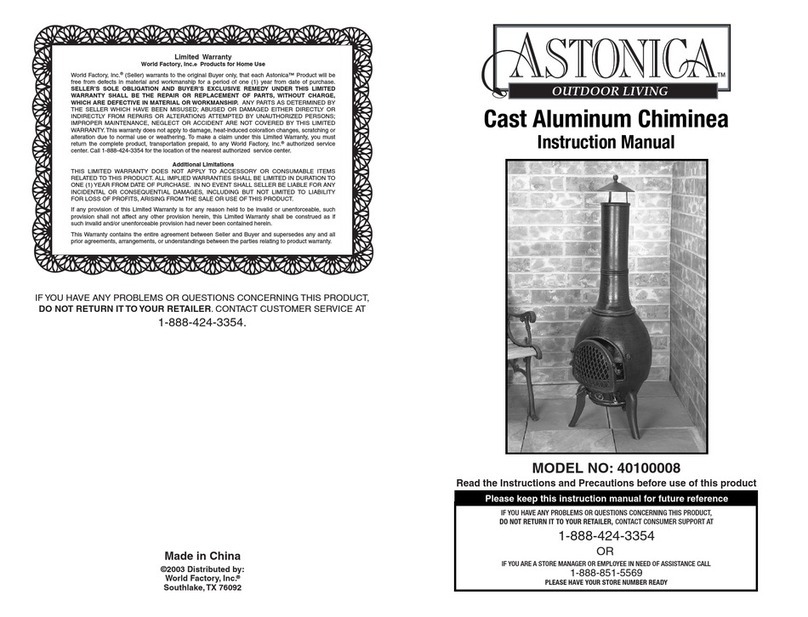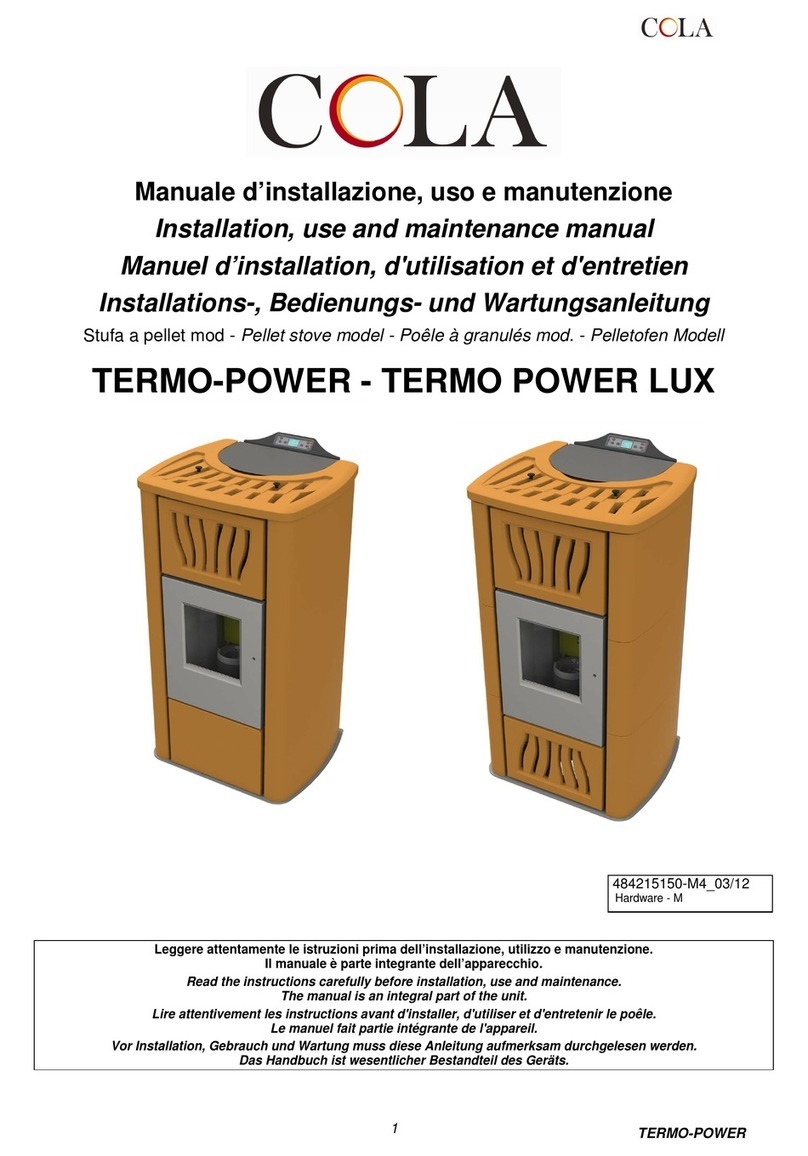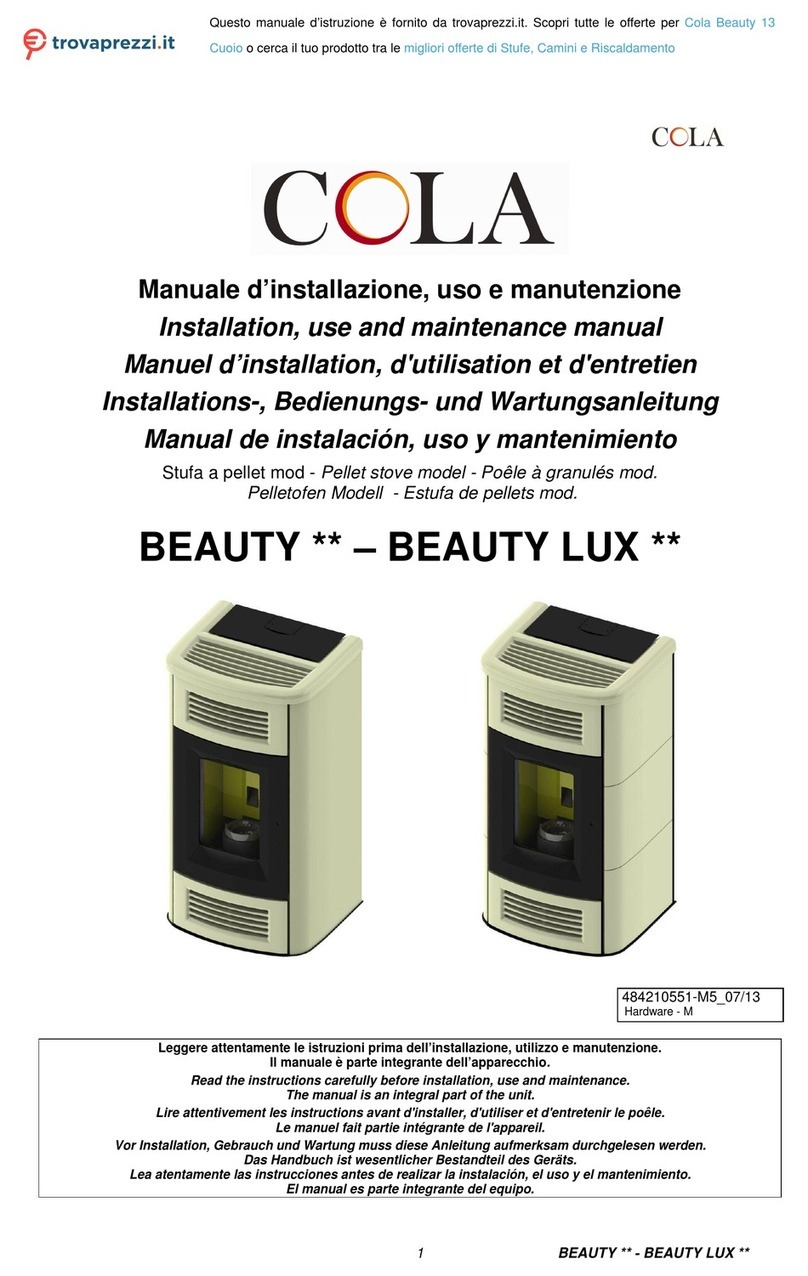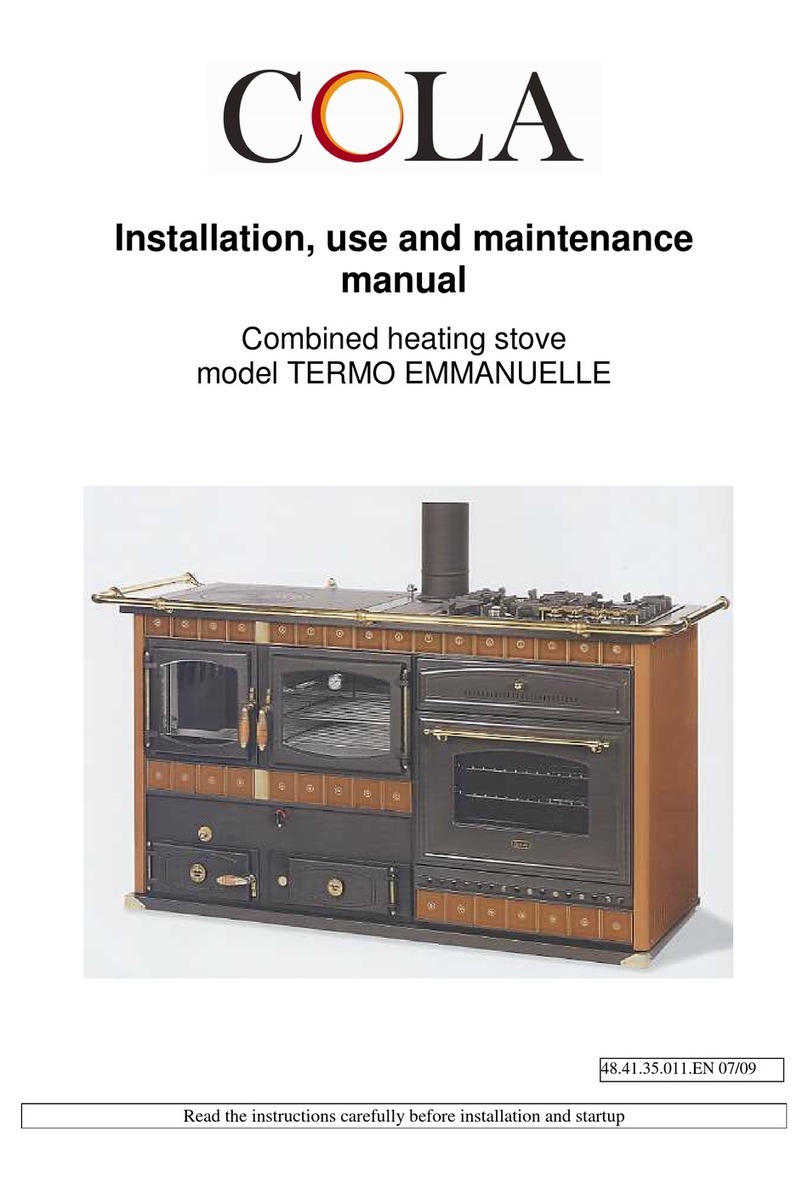1
GENERAL INFORMATION................................................................................................................3
1.1 Introduction ......................................................................................................................................3
1.2 Using the manual .............................................................................................................................3
1.3 Safety rules......................................................................................................................................3
1.4 Technical description........................................................................................................................4
1.5 Permissible and non-permissible fuels.............................................................................................6
1.6 Accessories supplied........................................................................................................................6
1.7 Reference standards........................................................................................................................6
1.8 Dataplate..........................................................................................................................................6
1.9 Instructions for requesting assistance and replacement parts...........................................................6
1.10 Stove decommissioning..................................................................................................................6
2
TRANSPORT AND INSTALLATION...................................................................................................7
2.1 Packing, handling, shipment and transport.......................................................................................7
2.2 Instructions for safe installation ........................................................................................................7
2.3 Connection to the flue ......................................................................................................................7
2.4 Room ventilation...............................................................................................................................7
2.5 Electrical connection ........................................................................................................................7
2.6 Gas connection................................................................................................................................7
2.7 Advice on flues and connections......................................................................................................8
3
STOVE USE.......................................................................................................................................9
3.1 Introduction ......................................................................................................................................9
3.2 Startup .............................................................................................................................................9
3.3 Lighting and controlling the fire.........................................................................................................9
3.4 Adjusting the combustion air ..........................................................................................................10
3.5 Normal operation............................................................................................................................10
3.6 Operation with slow combustion.....................................................................................................10
3.7 Operation in off season ..................................................................................................................10
3.8 Wood-fired oven operation.............................................................................................................10
3.9 Multifunction oven operation...........................................................................................................10
3.9.1 Multifunction knob....................................................................................................................10
3.9.2 Temperature knob...................................................................................................................11
3.9.3 Wiring diagram........................................................................................................................11
3.10 Idle period and summer................................................................................................................11
4
ROUTINE STOVE CLEANING AND MAINTENANCE......................................................................12
4.11 Removing ash..............................................................................................................................12
4.12 Cleaning the glass........................................................................................................................12
4.13 Stove cladding maintenance.........................................................................................................12
4.14 Cleaning the cast iron hotplate.....................................................................................................12
4.15 Cleaning the oven ........................................................................................................................12
4.16 Cleaning the flue and baffle..........................................................................................................12
5
TROUBLESHOOTING .....................................................................................................................13
5.17 The stove does not work ..............................................................................................................13
5.18 Difficult lighting.............................................................................................................................13
5.19 Smoke leaks.................................................................................................................................13
5.20 The glass gets dirty quickly ..........................................................................................................13
5.21 Condensate in the heating chamber.............................................................................................13
5.22 The oven does not heat................................................................................................................13
5.23 The electric fan oven does not work.............................................................................................13
5.24 The gas hob does not work ..........................................................................................................13
6
ENCLOSURES………………………………………………………………………………………………….13
6.1 Warranty certificate…………………………………………………………………………………………13

